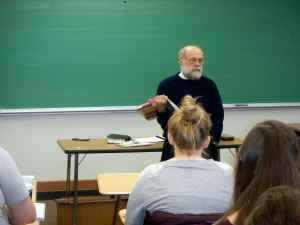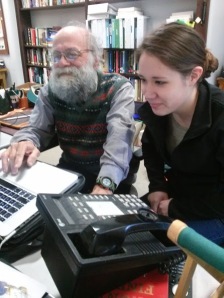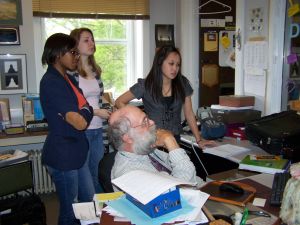Five years ago I was quite hesitant to use Twitter. My student assistants found little value in using it. They failed to see differences between it and, say, the “update function” of Facebook. I read two books about it, consulted several Carroll alumni who DO use it (thanks Chris G, Lori S, and Fred K.), and studiedt fellow academics’ twittering experiences documented in publications which I closely read and value. I objected to the Procrustean process of having my thoughts, ideas, and communications reduced to 140 characters or less (“thought bytes”). Also, I was petrified at my inability to decrease or at least slow down my communication and information acquisition activities. I very much need and treasure having time to reflect, to read, to assimilate, and to create.
Since then, however, I have reconsidered Twitter as a learning tool. “To Twit or not to Twit?” for me is no longer the appropriate way to frame the issue. Rather, the questions for me are:
- Under what circumstances might Twitter be enable my capabilities for more successful teaching?
- How can I use Twitter to improve my ability to find answers to questions I am investigating?
- How can I minimize the costs to me (time away from other things; wheat to chaff ratio) of my using Twitter?
- How can I best manage the tool?
Today Twitter is an invaluable personal learning and communication resource that I have fine-tuned for my particular needs. Currently I choose to follow 78 “thought leaders” whom I very much admire. I am in the process of comparing several Twitter-management apps (e.g.Tweetbot) which show promise to help me optimize the efficiency of my use of the tool. Now I need to consider implementing these Advanced Twitter Tips I encountered tonight!







